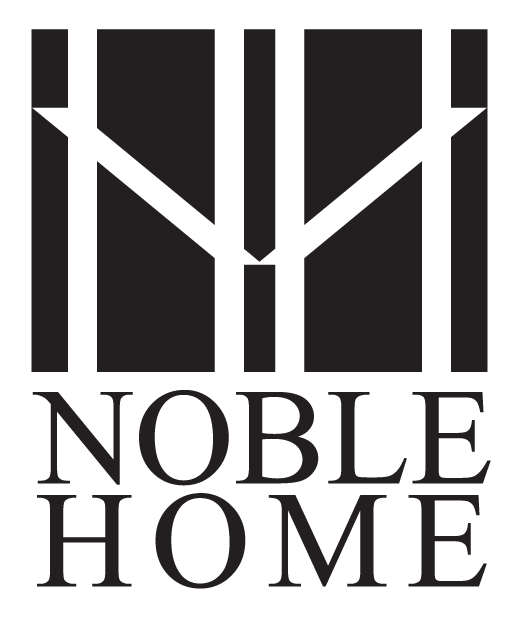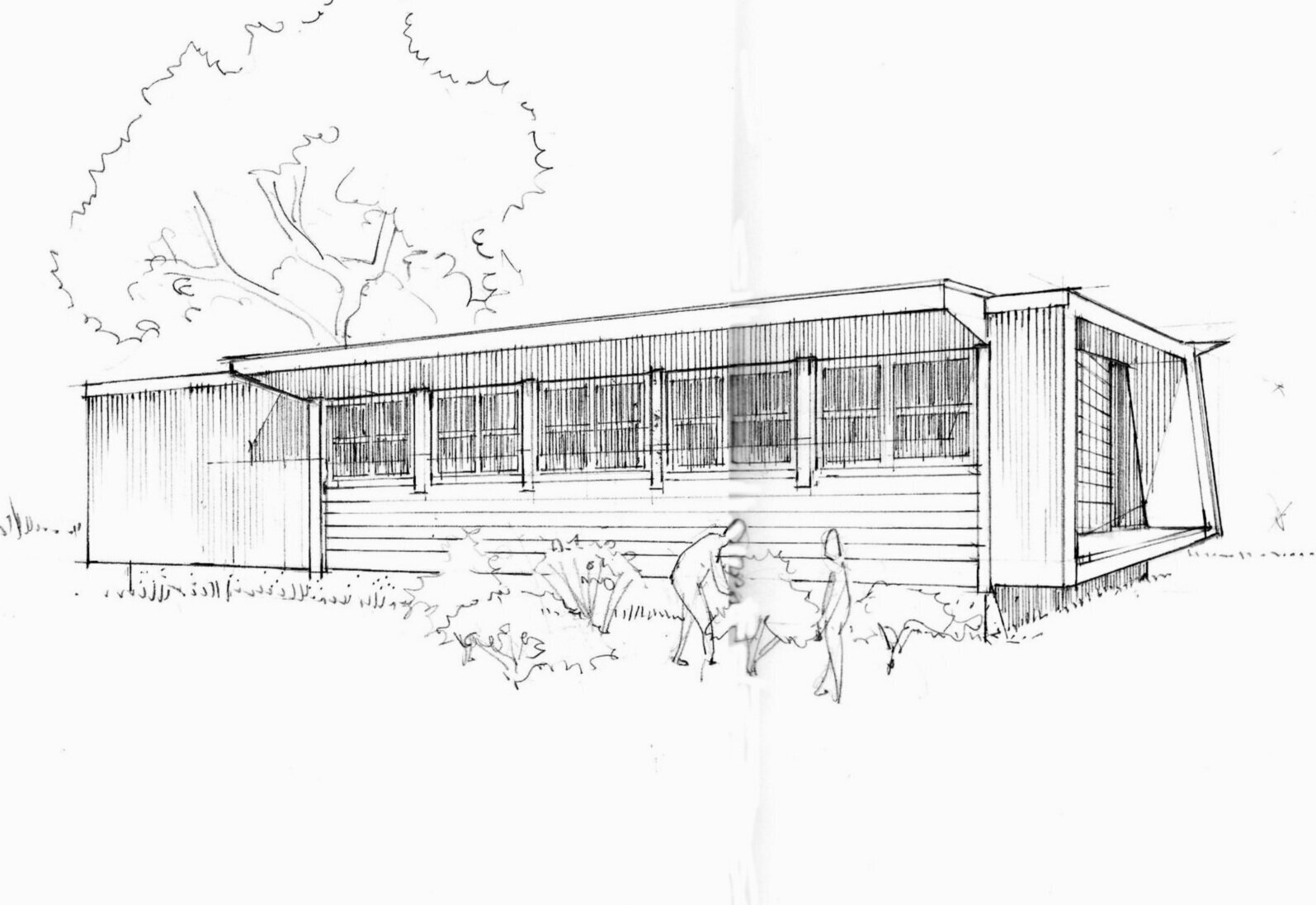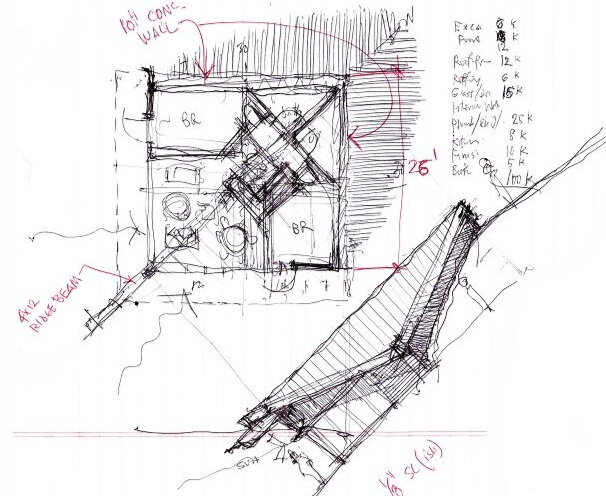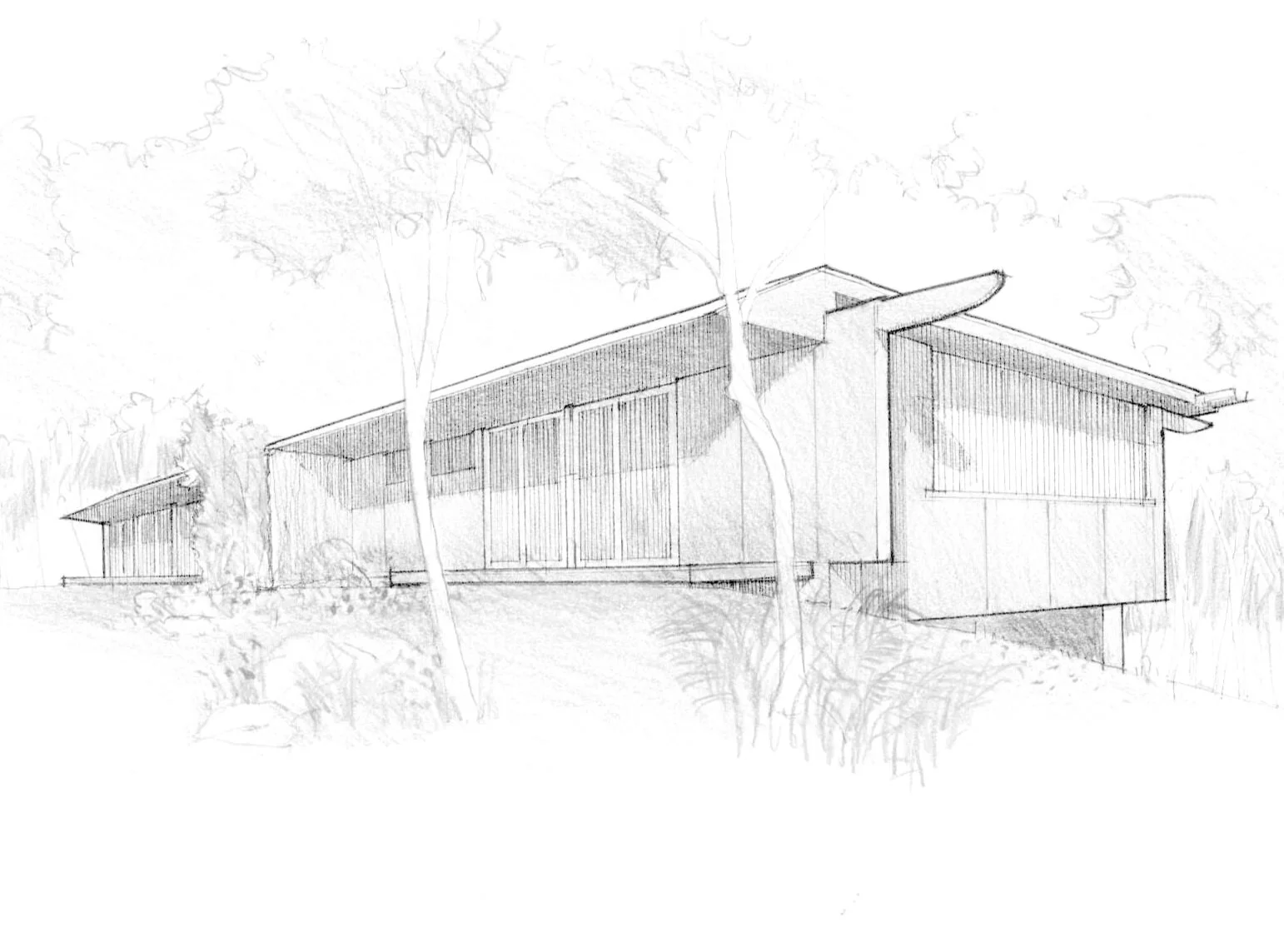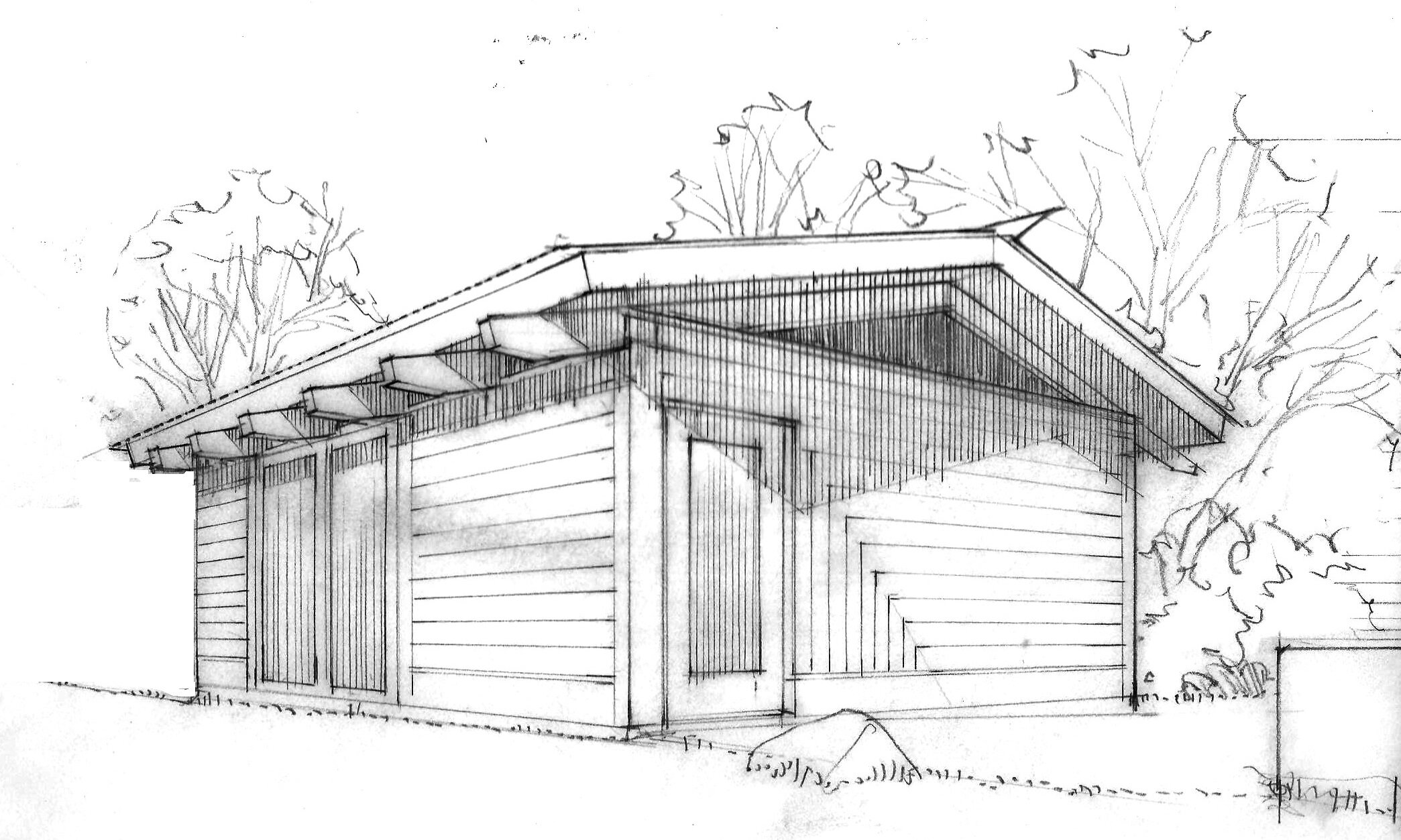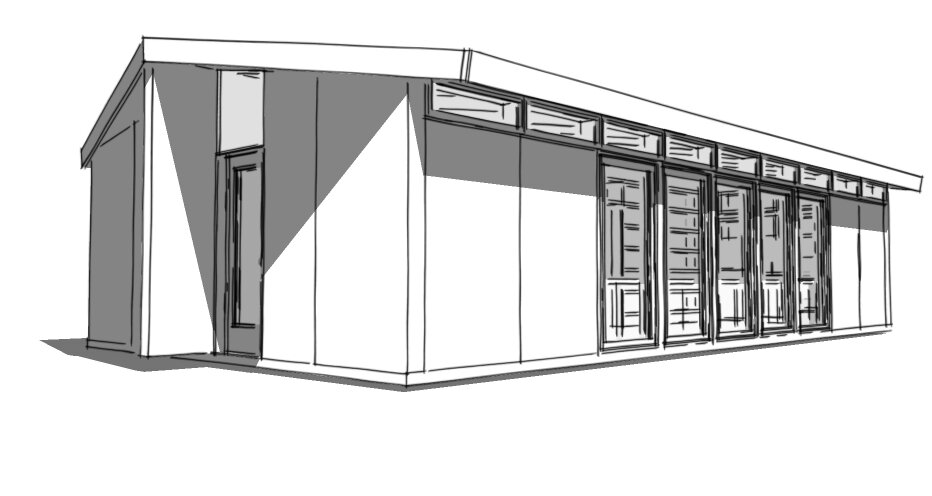Creating Affordable Homes
The need for rural affordable housing is real. However, attaining it, without significant government or private subsidies is difficult, if not impossible. Good quality affordable housing is even more difficult to achieve.
The biggest impediments to rural affordable housing are 1) site upgrades and 2) building codes.
The site costs required to make a legal residence includes a private well, septic system, driveway and of course, the land itself. These upgrades are regulated by towns in varying degrees, but are generally significant enough in cost to become a large expense even before considering constructing a building.
Building codes and energy codes, which are created in the guise of public safety, can certainly be reasonable guides for modern structures. However, they are short-sighted, particularly in the private residential realm, as they require construction that is costly. They often include requirements that inhibit those who want to live a simpler, more humble, maybe more natural life - things like, you know, plumbing, electricity, tall ceilings, super air tightness.
So, then there is the building small, and even tiny, movement. Conventional thinking is that building smaller is more efficient and less costly, but this is hardly the case. Building a small home still requires all the trades and construction sequences that a large home does, and you miss out on the economies of scale with a small structure. Additionally, the cost of building a small home may only be slightly more than that of all the site costs previously mentioned. Building a large home makes more financial sense to any type of developer or home builder, as overall square foot costs go down, so you will almost never find a new small home on the market.
So how does one create an affordable housing solution? One way, as shown by Noble Home's previous manufacturing of kit homes, comes in the way of sweat equity. For over a decade, homeowner-builders purchased Noble Home's plans and kit of parts, and built their own high performance dwellings, saving anywhere from 20% - 50% on the cost of a contractor built home of equal quality. Another way to approach affordable housing is by the site planning. A cluster of homes can be built sharing on-site resources and utilities such as the well, septic system and driveway. Furthermore, land can be taken out of the real estate market altogether by either creating a land trust or simply leasing the land to the homeowners. This will tend to keep the houses affordable in the long term.
Noble Home will continue to explore various options for affordable home ownership. To the left are a few Noble Home visions for affordable dwellings. Please let us know if you have a home ownership dream and what your vision is.
